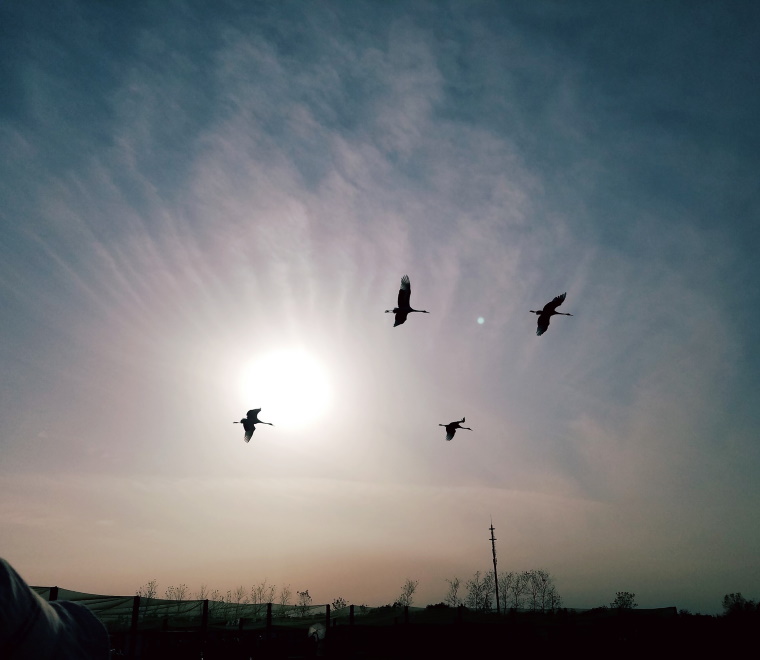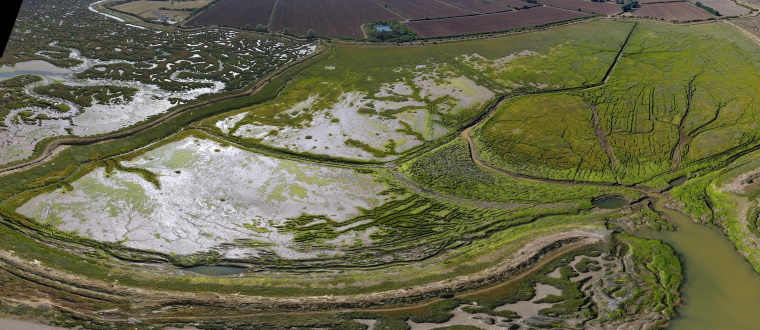

Two-way wetland restoration knowledge sharing: China and UK
In October 2018 habitat creation and restoration specialist, Colin Scott, presented at the 2nd International Symposium on Coastal Resources and Environment (CORE 2018), hosted by Hohai University in Nanjing.
In October 2018, ABPmer was delighted to present at the 2nd International Symposium on Coastal Resources and Environment (CORE 2018), hosted by Hohai University in Nanjing.
The theme of the symposium was ‘Wetland Restoration’ and Colin Scott, Habitat Creation and Restoration Business Manager at ABPmer, shared with the audience lessons learned from UK and European coastal habitat creation schemes. His talk was informed by our practical UK experience as well as the information from the many other European projects that are included in our online database, OMReg.
As part of this symposium delegates, escorted by the Hohai University team, visited a port development and two wetland ‘modification’ projects along the Jiangsu coast. These wetland projects have since been added to OMReG.
The amount of historic intertidal land claim in Jiangsu is quite extraordinary as is the fact that this land claim has now completely stalled following an edict from Chinese Government (in January 2018) that all ‘business-related’ land claim should stop.
The wetland modification projects along the Jiangsu coast are impressive in their scale and very different to the UK experience. In simple terms, the techniques being adopted do not involve a strategic ‘retreat’ but are more about a ‘controlled advance’. This includes projects that have introduced large-scale bunds across intertidal areas (such as the Tiaozini Phase 1 Project or in the Chongming-Dongtan Nature Reserve) to try and manage the wetland and control the rampant spread of the deliberately introduced Spartina alterniflora on the progressively accreting coastline. Such wetland modifications are accompanied by their own issues and challenges such as water level management and dealing with siltation.
However, as Colin highlighted at the CORE 2018 conference, there has been a lot of information sharing about wetland projects between the UK and China in recent years. The RSPB, in particular, was inspired by the Mai Po gei wai (literally meaning a pond enclosed by bunds) when designing the final phases of the Wallasea Wild Coast wetland project. That final phase was completed in November 2018, and has resulted in the creation of something totally unique in the form of large and controllable shallow water lagoon habitats.
This highlights the continuing value of sharing ideas and lessons across different projects and between different countries despite the differences in coastlines, project drivers and management approaches.
Prepared by Colin Scott, Habitat Creation Specialist



